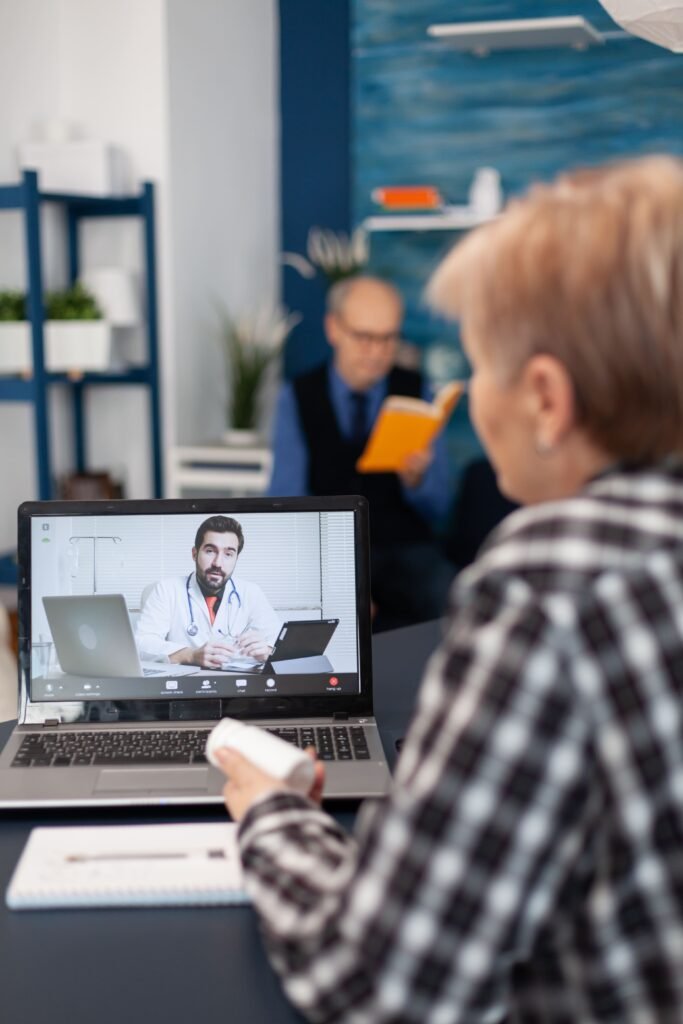FAQ
Do you take insurance?
Good Medics does not accept insurance. We believe in transparent, upfront pricing with no hidden fees, and we’ll show you the cost of your visit before you ever speak with a doctor.
When can I make an appointment?
As soon as your purchase is complete, you’ll get a link to register in the patient portal. From there, you can choose the time that works best for your schedule.
When will I see a doctor?
Most patients are seen within 24 hours. You’ll be able to schedule a telehealth visit right after registering in the portal and completing your forms.
Will I get medications if needed?
Yes. If your provider determines that treatment is appropriate, they’ll send prescriptions to your chosen pharmacy or ship treatments directly to you.
What causes pink eye?
It can be caused by viruses, bacteria, allergies, or irritants.
What are the symptoms?
Redness, itching, tearing, discharge, and a gritty or burning feeling in the eyes.
Can pink eye be diagnosed via telehealth?
Yes. Providers can usually diagnose based on your symptoms, exposure history, and a visual exam.
How fast will I feel better?
Many patients feel relief within 1–3 days of starting treatment, though viral cases may take up to a week.
Is pink eye contagious?
Yes. Viral and bacterial forms are highly contagious, especially through direct contact or shared items.





